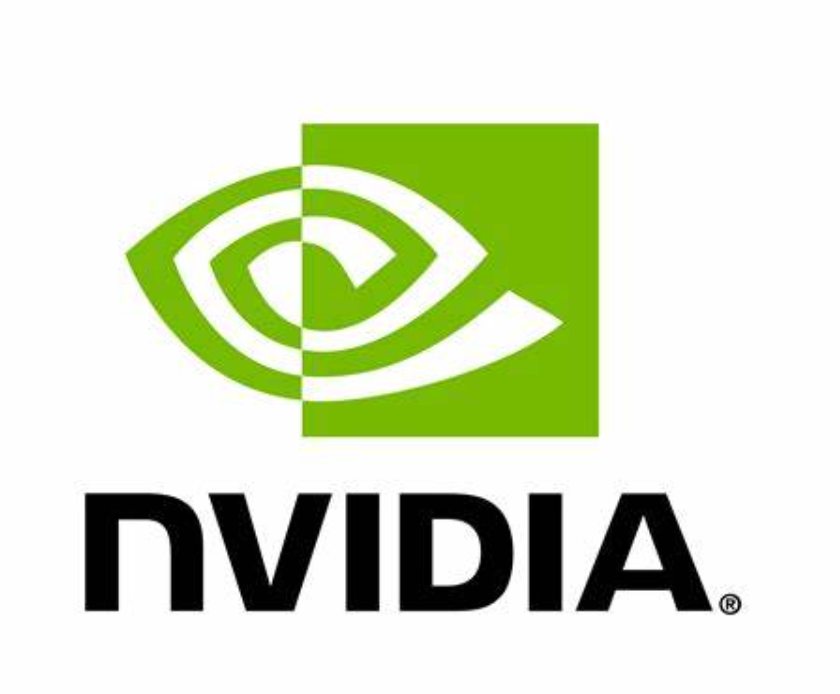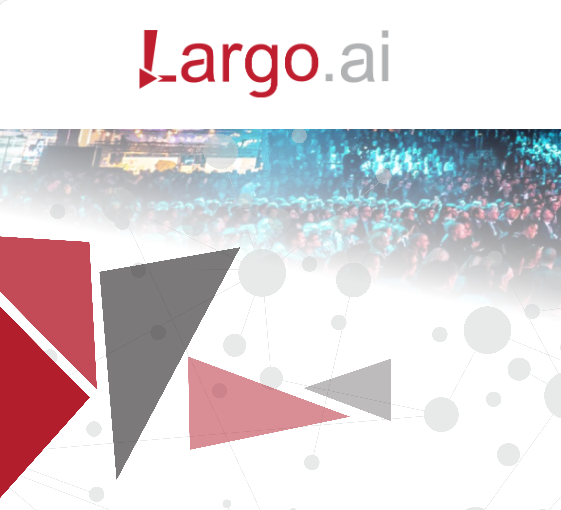In the exciting artificial intelligence (AI) sector, NVIDIA has emerged as one of the most dominant players. As AI adoption surges across industries, the company’s stock has soared, becoming a focal point for both investors and market analysts. Despite blockbuster earnings, concerns are brewing about whether the company’s meteoric rise can continue at such a rapid pace. For those looking to bolster their portfolios, NVIDIA’s journey provides important insights into the broader AI revolution and how investors should navigate these developments.
The NVIDIA Surge: How Far is Too Far?
In recent months, NVIDIA’s stock has skyrocketed, driven by its key role in the AI revolution. The company’s powerful graphics processing units (GPUs) are not only essential for gaming but have become the backbone of many AI models, from machine learning to generative AI applications. With the rise of AI technologies like ChatGPT and self-driving cars, NVIDIA’s hardware is increasingly in demand. But with this success, many are wondering whether NVIDIA’s growth has reached unsustainable levels.
Investors, particularly those who have been following the company for years, remain bullish on NVIDIA’s prospects. However, with the stock’s parabolic gains, there is a growing sense that even great financial results may not be enough to sustain this level of growth. The question on many minds is whether NVIDIA has come too far, too fast.
Even with these concerns, many long-term investors remain steadfast, trusting in NVIDIA’s CEO, Jensen Huang. This loyalty speaks to NVIDIA’s position as not just a hardware company, but a visionary leader in AI technology.
AI Adoption: Booming, But for How Long?
AI adoption is reshaping industries at an unprecedented pace. From healthcare to automotive, AI is automating processes, improving efficiencies, and creating new business models. NVIDIA is at the center of this boom, as its GPUs power some of the most advanced AI models. Companies like Tesla, Amazon, and Google are pouring millions into AI-driven technologies, further fueling NVIDIA’s rise.
However, some skeptics find the messaging around AI stocks contradictory. On one hand, there are predictions of an impending stock market crash, yet AI stocks like NVIDIA continue to soar. This paradox leads many to question how long AI can sustain its explosive growth.
While the AI industry is expected to continue expanding, particularly in fields like robotics, autonomous vehicles, and smart devices, the pace of this adoption is a topic of debate. AI-driven humanoid robots, for example, are touted as the next big thing. These robots could solve labor shortages, perform dangerous tasks, and even assist with elderly care. But some think expectations for AI companies like NVIDIA may be too high, with investors hoping for returns that may not materialize as quickly as anticipated.
The Impact of AI on the Workforce
As AI technologies continue to develop, their impact on the workforce is a major concern. Automation has long been a source of anxiety for workers, but the rise of AI is accelerating these fears. Robots and AI-powered systems are increasingly taking on tasks that were once performed by humans. From factory lines to customer service, AI is reshaping the job market.
Many commenters argue that the real issue is not a labor shortage, but a lack of fair wages. As companies often claim they can’t find workers, but the reality is that many aren’t offering competitive wages. AI and robots are seen as a convenient solution for companies looking to cut costs and avoid raising wages. This has led to a broader conversation about whether AI and automation will widen the wealth gap by benefiting the wealthy while displacing low-wage workers.
Others are frustrated by the fact that companies are willing to invest billions in robots rather than pay workers a living wage. The potential for AI to exacerbate inequality is a real concern, especially as automation becomes more widespread.
At the same time, some see AI as an opportunity to reimagine the workforce. Robots can take on dangerous and undesirable jobs, allowing humans to focus on more creative and fulfilling work. The idea that AI will only replace jobs “nobody wants” may be overly simplistic. In reality, AI is already encroaching on fields like art, music, and programming — jobs that many people do want.
Investing in AI: Opportunities and Risks
For investors, the AI boom presents both opportunities and risks. Companies like NVIDIA, Tesla and Amazon are betting big on AI, and those who invest wisely stand to benefit. However, as with any technological revolution, there are pitfalls to avoid.
NVIDIA, while a leader in AI hardware, is just one piece of the puzzle. AI-powered humanoid robots, autonomous vehicles, and other innovations are all driving demand for AI technology. Investors looking to capitalize on this trend should consider a diversified approach, investing in both established AI companies and emerging startups that are developing innovative solutions.
One concern that has been raised is the long-term viability of a workforce dominated by AI. As AI becomes more capable, many jobs will disappear, and workers will find it harder to compete with machines that don’t require salaries, benefits, or rest. The need for solutions like Universal Basic Income (UBI) is frequently mentioned, as it could provide a safety net for workers displaced by AI.
Investors must also be mindful of the ethical implications of AI. It has the potential to create stable dictatorships that could go on forever if used improperly. The balance between innovation and regulation will be critical in determining how AI reshapes society. Governments and companies must work together to ensure that AI benefits everyone, not just a select few.
The Future of AI: What’s Next?
Looking ahead, the future of AI is both exciting and uncertain. Humanoid robots are likely to play a significant role in industries like manufacturing, healthcare, and logistics. As companies like Tesla and Agility Robotics continue to develop more advanced robots, the potential for AI to transform the global workforce grows.
But as with any major technological shift, there are risks. AI-driven automation could lead to widespread job displacement, increased inequality, and even social unrest if not managed properly. The key will be finding ways to integrate AI into the economy in a way that benefits both businesses and workers.
For investors, the AI revolution offers enormous potential. NVIDIA’s continued dominance in the AI space, combined with the growth of AI-powered robots and other technologies, presents a wealth of opportunities. However, there are real concerns about the long-term impact of AI on society. As we sprint toward a future dominated by AI, it’s crucial to strike a balance between innovation, regulation, and social responsibility.
While NVIDIA’s quick rise may have investors questioning the sustainability of its growth, the broader AI market shows no signs of slowing down. For those looking to boost their portfolios, AI companies remain an attractive option. However, the risks associated with AI adoption — particularly in terms of workforce disruption and ethical concerns — cannot be ignored. As we move into an AI-driven future, both investors and society at large must be prepared for the changes that lie ahead.






